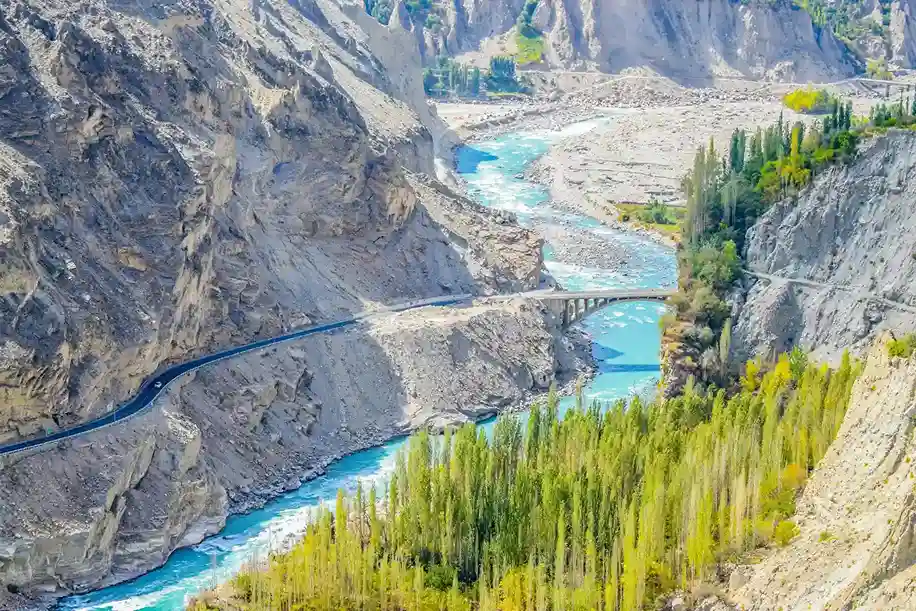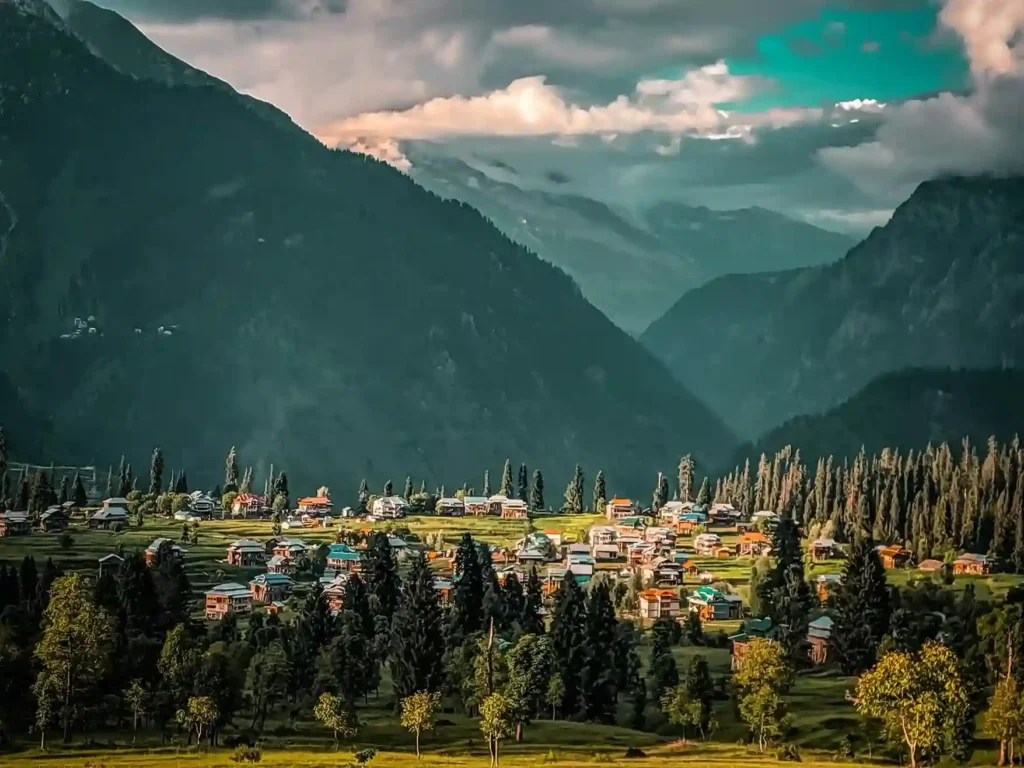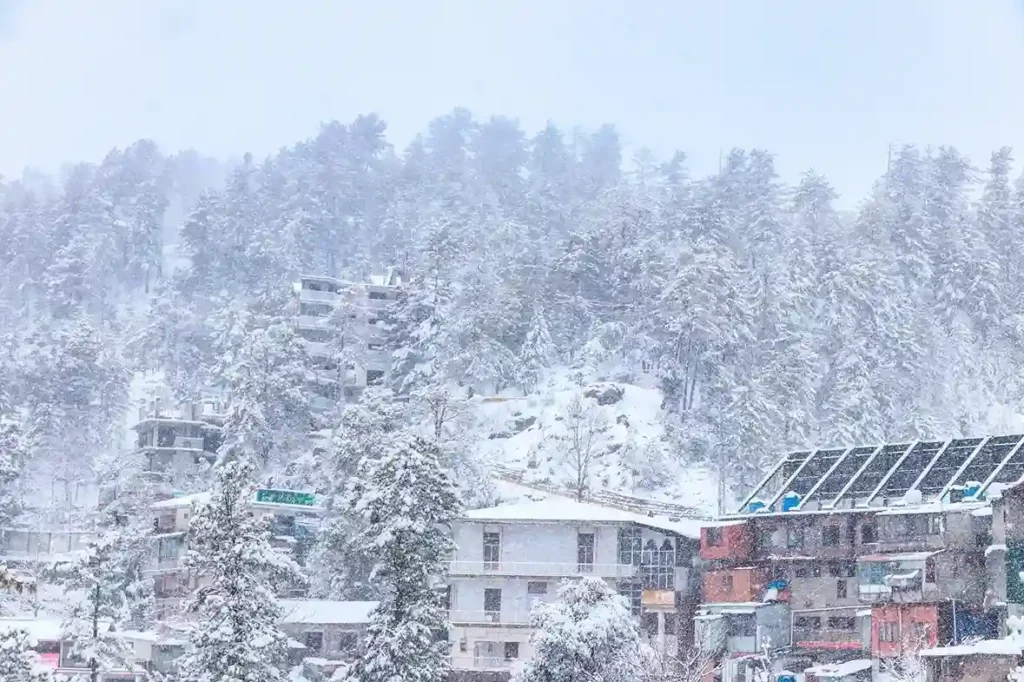New Government Action Plan: 20 New Tourist Destinations in Pakistan
Introduction
Pakistan’s tourism industry is experiencing a powerful revival as the Government of Pakistan announces a new action plan for 20 new tourist destinations. The National Tourism Development Plan 2025 aims to transform Pakistan into a global travel hotspot — connecting the scenic north to the serene south.Pakistan Tourism Revival Initiative 2025
Under the leadership of Prime Minister Shehbaz Sharif, the government’s tourism policy focuses on infrastructure, digital promotion, sustainable tourism, and eco-friendly investments. This new initiative is part of Pakistan’s broader economic diversification effort to create jobs, attract foreign visitors, and showcase the country’s natural and cultural wealth.
The Vision Behind Pakistan’s Tourism Action Plan
The new government tourism action plan isn’t just about building hotels or roads — it’s about creating a tourism ecosystem that benefits local communities and aligns with global travel standards.
Key objectives include:
- Promoting eco-tourism and adventure tourism in northern areas.
- Developing smart tourism zones with digital infrastructure.
- Training local youth for tourism and hospitality jobs.
- Preserving natural landscapes and historical sites.
- Encouraging public-private partnerships (PPPs) in tourism projects.
The 20 new tourist destinations in Pakistan are designed to balance economic growth with sustainability, ensuring tourism supports both the people and the planet.
Top 20 New Tourist Destinations Planned in Pakistan
While the exact list is under finalization, the Pakistan Tourism Development Corporation (PTDC) and provincial governments have identified priority regions based on scenic beauty, accessibility, and cultural heritage.
Here are the top potential destinations under the plan:
1. Hunza Valley (Gilgit-Baltistan)
Hunza remains the crown jewel of Pakistan’s tourism. With new eco-resorts, trekking trails, and digital tourist centers, it’s set to become an international adventure hub.

2. Skardu
Known for its crystal lakes and access to K2 Base Camp, Skardu will receive new airports, hotel chains, and safety infrastructure.
3. Neelum Valley (Azad Jammu & Kashmir)
Neelum’s lush greenery and rivers are part of the northern eco-tourism circuit, where sustainable lodges and cable car systems are being planned.

4. Swat Valley (Khyber Pakhtunkhwa)
Called the “Switzerland of Pakistan,” Swat will see new digital signages, mountain resorts, and cultural festivals.
5. Chitral and Kalash Valleys
To preserve Kalash culture and attract global visitors, new heritage centers and eco-friendly stays are being introduced.
6. Murree and Patriata
For domestic tourists, Murree will be upgraded with traffic management, digital booking systems, and nature walk parks.

7. Kumrat Valley
New glamping sites and community tourism projects are being designed here, supporting sustainable tourism in Pakistan.
8. Fairy Meadows
Recognized as one of the world’s most beautiful camping sites, Fairy Meadows will get improved accessibility while maintaining environmental standards.
9. Shogran and Siri Paye
An upgraded road network and new viewpoint platforms are part of the tourism plan for Shogran.
10. Gwadar and Ormara (Balochistan)
Coastal tourism is the new frontier — the plan includes developing eco-beach resorts and marine tourism zones in Gwadar and Ormara.
11. Kund Malir Beach
Kund Malir will be developed with rest houses, road signs, and digital navigation — part of the Makran Coastal Development Program.
12. Hingol National Park
Wildlife tourism and guided safari experiences are being encouraged here.
13. Khewra Salt Mines
The government plans to modernize Khewra with interactive lighting, visitor centers, and digital ticketing.
14. Naltar Valley
Perfect for skiing and snow tourism — the new plan includes better lifts, winter sports schools, and marketing for global tourists.
15. Fairy Lake (Deosai Plains)
An untouched gem, Deosai will see limited eco-friendly accommodations.
16. Shandur Pass
Known for the world’s highest polo ground, Shandur will now host year-round cultural events.
17. Ratti Gali Lake
Adventure seekers will benefit from guided tour packages and safer trekking trails.
18. Sakardu-Khaplu Corridor
This corridor will integrate multiple scenic points under a “One Valley One Route” policy for easy navigation.
19. Lahore Walled City (Punjab)
Urban tourism also matters — Lahore’s historic streets, food culture, and museums are part of the cultural heritage revival.
20. Islamabad Nature Trails
Capital tourism will focus on eco-parks, hiking trails, and smart tourist info kiosks to make Islamabad a green travel hub.
Economic and Social Benefits of the New Tourism Plan
The 20 new tourist destinations are expected to create:
- 500,000+ new jobs in hospitality, transport, and local businesses.
- Boost in GDP by up to 1.5% annually through tourism revenue.
- Increase in foreign direct investment (FDI) from global hotel chains and adventure operators.
- Cultural preservation and environmental awareness in rural areas.
By combining tourism development with digital transformation, Pakistan aims to compete with countries like Nepal and Turkey in the adventure-tourism market.Pakistan Tourism Revival Initiative 2025
Sustainability and Eco-Tourism Goals
Sustainability is central to the tourism action plan 2025.
The Ministry of Climate Change has partnered with provincial tourism boards to ensure:
- Renewable energy sources for new hotels.
- Waste management and plastic bans in eco-zones.
- Community-based tourism models to empower locals.
The Government of Pakistan repeatedly emphasizes that sustainable tourism in Pakistan is the future — balancing growth with preservation.
Digital Transformation in Tourism
Modern travelers want digital ease. That’s why the new tourism policy introduces:
- A National Tourism App for bookings, maps, and reviews.
- Drone mapping of tourist zones for environmental monitoring.
- Virtual reality tours of Pakistan’s heritage sites.
Digital transformation ensures tourism growth in Pakistan aligns with global travel technology trends.
Challenges Facing the Tourism Sector
Despite the ambitious plan, challenges remain:
- Security perception and media image.
- Limited air connectivity in northern areas.
- Seasonal accessibility issues due to weather.
- Need for skilled workforce and foreign-language guides.
However, through public-private partnerships and international collaborations, Pakistan is overcoming these barriers.
Government Support for Local Tourism Businesses
The plan offers special incentives for tourism startups and SMEs.
Benefits include:
- Tax rebates for new hotel or tour businesses.
- Easy licensing via the Pakistan Tourism Regulatory Authority.
- Access to soft loans under the Tourism Youth Program.
For entrepreneurs and companies like Manzar Travel Pakistan, these initiatives mean more growth and exposure to international clients.
Tourism and Pakistan’s Global Image
The new plan also aims to rebrand Pakistan as a safe, welcoming, and beautiful travel destination.
Through global marketing campaigns and influencer collaborations, Pakistan is set to appear in major travel fairs like ITB Berlin and Dubai Expo Tourism Week 2025.
Conclusion
The New Government Action Plan for 20 New Tourist Destinations in Pakistan represents a bold and visionary step.
It combines economic growth, cultural preservation, environmental protection, and digital transformation to position Pakistan as a top global tourist destination.Pakistan Tourism Revival Initiative 2025
With this plan, the government hopes to make tourism a sustainable pillar of national development — attracting millions of visitors while uplifting local communities.
Frequently Asked Questions (FAQs)
Q1: What is Pakistan’s new tourism action plan?
The government’s new action plan focuses on developing 20 new tourist destinations across Pakistan with modern infrastructure, sustainability, and community participation.
Q2: Which areas will be developed first?
Initial focus areas include Hunza, Skardu, Swat, Gwadar, and Neelum Valley.
Q3: How will this plan benefit locals?
It will create jobs, attract investment, and promote cultural heritage preservation in local communities.
Q4: Is the plan eco-friendly?
Yes, the government is integrating eco-tourism and environmental protection in every new project.
Q5: When will the new tourist destinations open?
The phased rollout begins in 2025, with several projects already in pre-construction and survey stages.